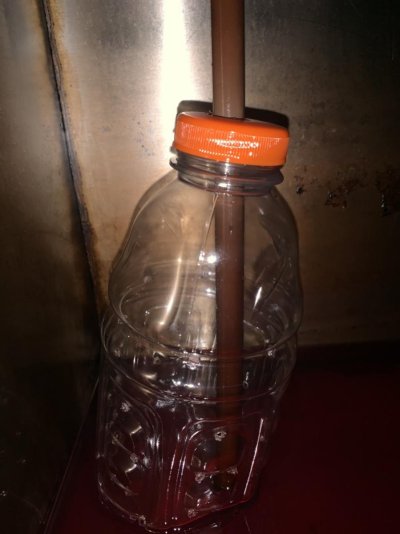Hi Harlen and TF Friends!
1. Harlen, you mentioned that your 34T has a Racor 900. Mine, also a 2006, has a Racor 500. I was wondering if when you bought it new it had the 900 or 500. Reason I am asking is because a mechanic indeed told me that the 500 might be a bit small for the single Yanmar 370hp and got me thinking.
2. Also, I am considering to change the existing single 500 with a dual/auxiliary Racor 500 filter, so as to always have a back up filter ready to go “at the turn of a valve”, should I ever get caught in a rough seas situation having to change the filter of a single Racor unit, which will be at least awkward or even dangerous if the engine stops. Also, I will relocate the existing single 500 to the generator (Kohler 8KW, 2006), which today has a Racor R12T and is rather small (not much filter area), if “attacked” by sludge/algae etc.
3. Actually, am considering the above change because that’s what happened to me recently: one morning, the generator engine wouldn’t start, due to its small Racor being clogged, which then clogged the engine fuel filter (also small is size) and eventually also clogged the fuel pump!!! Although the starter would manage to turn the engine, there was no fuel there, due to clogging. Imagine if that was the main single Yanmar engine in rough seas...! Now, the strange thing was that the Yanmar Racor 500 was only slightly blackened and obviously the engine would start and operate just fine. To add to the strangeness of the incident, the tank feeds the Yanmar from a very low point almost from the very bottom of the tank, while the generator is fed from a higher point of the tank, having less possibility to take in bad fuel or sludge etc!
4. Making the long story short, I feel that this contradictory situation happened because: a) there is some sludge/algae in my tank, but maybe not a huge amount, b) the generator has a small Racor filter prone to clogging and c) there is no vacuum gauge on the generator Racor for easy monitoring of what goes on inside the filter (there is one though on the Yanmar Racor 500). Therefore, the initial solution is to increase the size of the generator filter and to add a gauge, while on the Yanmar feed to change the single Racor with a dual auxiliary system, with a gauge. Now, if things get worse and clogging comes often, cleaning the tank the traditional way, by opening it to scrub and wash its bottom might be needed, which is a more complicated and expensive solution due to the ports that need to be made on the specific tank, which now doesn’t have any. Filtering or Polishing the fuel could help, but I understand that results will not be as drastic as the opening of the tank.
Sorry for the long post, but I felt I should share the incident and my thoughts with you all. Finally, thanks to all of you for sharing great ideas and making this forum a great place to be!
Best,
Paris
Mainship 34T, 2006, single Yanmar 370hp

